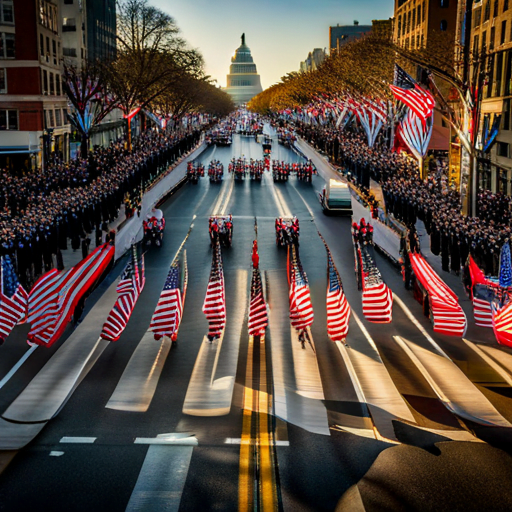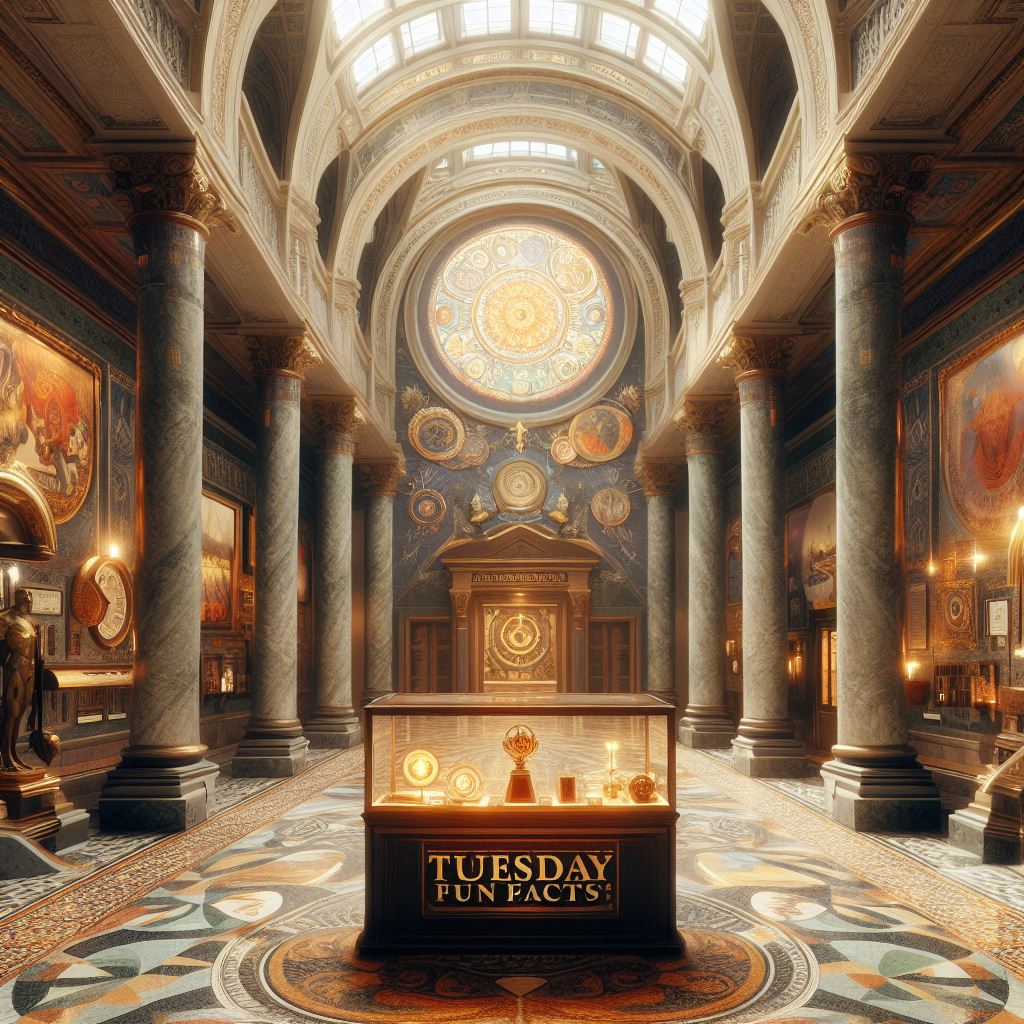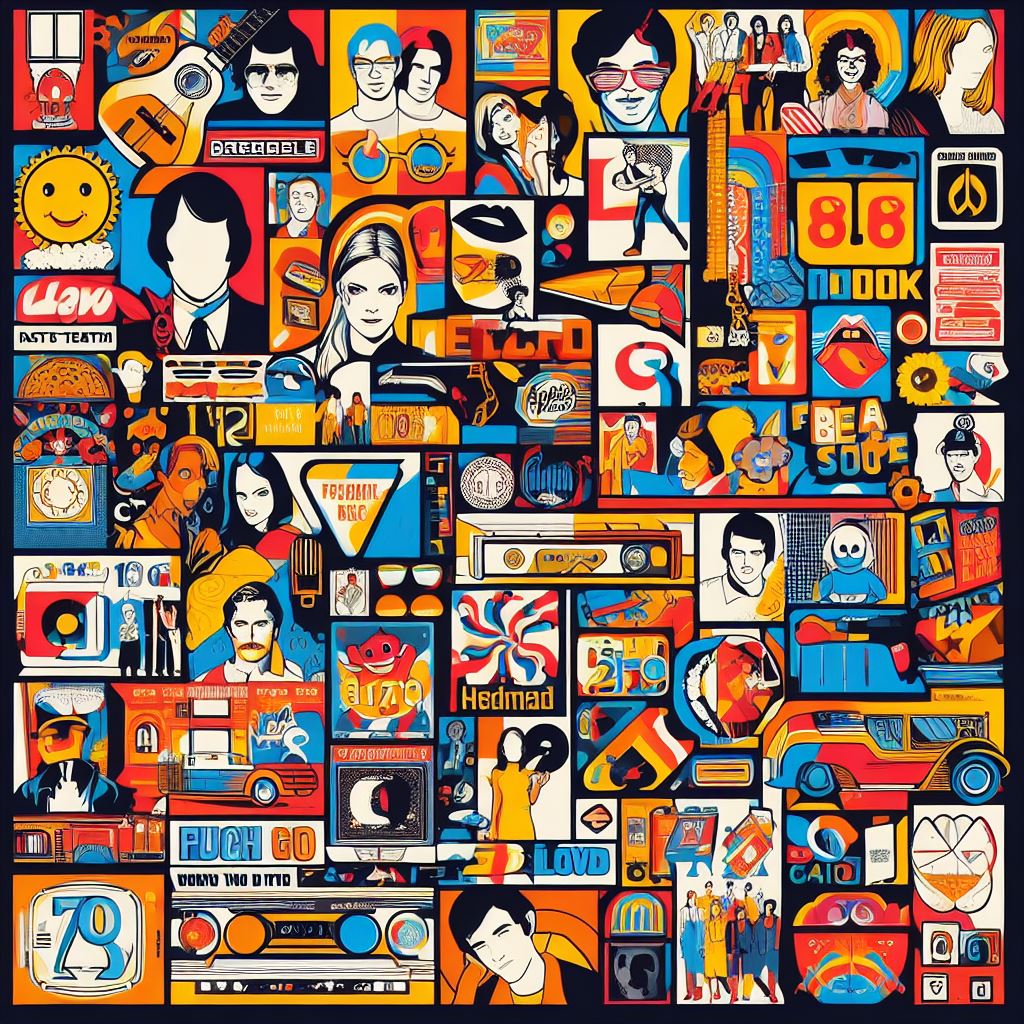Introduction
The Roman Empire was one of the most influential and significant civilizations in world history. At its peak, the empire stretched from North Africa to Britain, reigning over 60 million people. From its legendary beginnings and remarkable achievements to its eventual decline and fall, the Roman Empire is a fascinating topic full of little-known facts and intriguing trivia.
Covering over 2000 years of history, the realm of the Romans left an unmistakable mark on the Western world and beyond. Its contributions in architecture, technology, law, language, religion, and culture shaped the landscape of Europe and numerous regions around the Mediterranean.
Below is the ultimate insider’s look at over 50 fun facts about the ancient Roman Empire – prepare for a wild and entertaining ride back in time!
History and Origin of the Roman Empire
Founding of Rome
Legend has it that Rome was founded in 753 BC by twin brothers Romulus and Remus who were raised by a she-wolf. Archaeological evidence shows humans lived in the area since at least 1000 BC.
The early days of Rome were ruled by Etruscan kings until 509 BC when nobleman Lucius Junius Brutus led a revolt to establish the Roman Republic.
Expansion and Growth
At its height in 117 AD under Trajan, the Roman Empire controlled approximately 5 million square kilometers and ruled over 60 million people – 21% of the world’s population at the time.
The empire’s borders stretched from Hadrian’s Wall in modern England to North Africa and Iraq in the East.
Pax Romana
The period from 27 BC to 180 AD is known as the Pax Romana (Roman Peace) – 200 years of relative peace and stability across the realm. This allowed extensive infrastructure projects, economic growth, and expansion of citizenship rights.
Politics and Government
The Senate
The Roman Senate originated as an advisory council to kings and later the primary governing body of the Roman Republic. At its height, the Senate had 600 members from the upper classes (patricians).
Under the emperors, the Senate continued to have influence over state budgets and some executive functions despite holding little real power.
Social Classes
Roman society was divided into two broad classes:
- Patricians – A small elite of aristocratic families and landowners
- Plebeians – The common people who made up the majority
The vast gap between rich and poor caused ongoing tension, with plebeians fighting to gain more rights and political say over time.
Military and Warfare
The Roman army was the largest and deadliest fighting force in its era. At its peak, the Romans could mobilize over 300,000 soldiers.
Key elements included its famous legions, elite Praetorian Guard, and the use of ambitious generals who vied for glory in expansionist wars.
Innovations and Technology
Roads and Infrastructure
At its peak, the empire had over 400,000 km of roads, including major highways like the famed Appian Way. This allowed quick troop transport and bolstered trade.
The Romans were early pioneers of concrete which they used in structures like the Pantheon and Colosseum. These engineering marvels still stand today.
Aqueducts and Plumbing
The Romans built impressive aqueducts to supply 1 million cubic meters of water per day to cities like Rome.
Public flush toilets connected to an underground sewage system helped serve over 1 million Roman city inhabitants.
Culture and Society
Gladiators and Entertainment
Infamous gladiator contests originally held religious meaning but grew into a craze and key public spectacle. At their peak, 300 gladiators could fight to the death in a single day.
Chariot races in massive arenas like the Circus Maximus drew crowds of 250,000 people or more. Exotic animal hunts were also fan favorites.
Myths and Religion
The Romans adopted much of Greek mythology, adapting aspects to fit their own gods like Jupiter, Juno, and Minerva. Temples, festivals, and sacrifices were an integral part of their polytheistic faith.
Mystery cults attracted devotees seeking salvation. Mithraism and early Christianity gradually gained ground in the Empire.
Food and Cuisine
The ancient Roman diet consisted of three meals per day. Staples included bread, beans, lentils, and veggies. Fish sauce called garum – basically rotten fermented fish guts – was a popular condiment!
Exotic ingredients and whole roasted animals were featured at lavish banquets held by the elite.
Daily Life
Housing and Cities
Most Romans lived in concrete apartment buildings called insulae that were often dangerously constructed and susceptible to fires. The rich had lavish villas while the poor resided in slums.
Rome was one of the largest cities in antiquity with over 1 million inhabitants at its peak. Public sanitation, toilets, baths, and fountains helped serve the massive populace.
Clothing and Fashion
In ancient Rome, only men wore pants – considered barbaric dress for women. Rich women wore expensive silks and jewelry, while slaves and the poor donned simple tunics.
Purple clothing was reserved for the Emperor and elites. Brightly colored dyes and elaborate hairstyles and wigs came into vogue as fashions evolved.
Marriage and Families
The average age of marriage for Roman men was around 30, and women married even younger in their teens. Husbands held legal control and wealth.
Children of the poor had high mortality rates. The elite sometimes practiced infanticide to limit family size.
The Fall of the Roman Empire
Economic Troubles
Rome struggled with inflation and trade deficits from too much reliance on slavery instead of paid labor. Excessive spending on the military and pleasure also led to monetary woes.
Military Overreach
Overexpansion led to insecure borders and reliance on unreliable mercenaries. Military coups resulted as generals fought to control weak Emperors like Honorius.
Political Turmoil
As the Empire grew beyond what one person could govern, the Emperor Diocletian split it into the Eastern and Western Roman Empires around 300 AD. This divide eventually facilitated Rome’s demise.
Conclusion
From legendary heroes like Julius Caesar to iconic structures such as the Colosseum, the ancient Roman Empire continues to awe and inspire us. Yet it was also full of intriguing and bizarre contradictions.
This collection of fascinating facts provides just a glimpse into the curious customs, innovations, personalities, and events that characterized one of history’s most unforgettable civilizations. Whether you’re being amused by stories of eccentric emperors or marveling at Rome’s architectural feats, embracing these fun facts is the perfect way to liven up your next history lesson!
Frequently Asked Questions About Fun Facts on the Roman Empire
Looking to expand your knowledge on ancient Rome? Below we’ve compiled some common questions and helpful answers about the history and trivia covered in this blog. Keep reading to boost your understanding of this fascinating civilization!
Q: What time period does the Roman Empire refer to?
A: The Roman Empire emerged after the Roman Republic in 27 BC and lasted until the fall of the Western Roman Empire in 476 AD. The Eastern Roman Empire continued until 1453 AD and is known as the Byzantine Empire. At its height, the Roman Empire controlled over 2 million square miles.
Q: How big was the ancient city of Rome?
A: Rome was one of the largest cities in the ancient world, with over 1 million residents by the 2nd century AD. The city sprawled across over 5 square miles on the banks of the Tiber River in what is now modern Italy. Rome’s population declined after the fall of the Western Roman Empire.
Q: What did ancient Romans eat?
A: The ancient Roman diet consisted mainly of grains, vegetables, fruit, cheese, eggs, fish, and meat. Staple foods included bread, beans, lentils, and wheat. Wealthy Romans enjoyed exotic fruits and meats, as well as heavy consumption of wine.
Q: How long did the arena games last?
A: Arena spectacles and games, including gladiator combats, races, and animal hunts, often lasted for several consecutive days during public festivals. The inaugural games at the Colosseum in 80 AD lasted for 100 days straight!
Q: Who were some of Rome’s most famous emperors?
A: Some of the most well-known Roman emperors include Augustus, Trajan, Hadrian, Marcus Aurelius, Constantine, and Justinian. Infamous emperors such as Caligula, Nero, and Commodus were known for their cruelty, extravagance, and poor leadership.
Q: How did the Roman Empire fall?
A: There were several contributing factors in Rome’s gradual decline between 200-500 AD, including government corruption and instability, economic troubles, overexpansion of the Empire, invasions by Germanic tribes, and the split between the Western and Eastern Roman Empire.
Q: What religions were practiced in ancient Rome?
A: Religion in the Roman Empire centered around the pantheon of Roman gods that were based on Greek deities. Later, mystery cults like Mithraism grew in popularity. Christianity emerged in the 1st century AD and spread rapidly in the 4th century under Constantine’s rule.
Q: What languages did the Romans speak?
A: Latin was the main language of the Roman Empire and was used for laws, government, literature, and trade. Greek remained widely spoken in the East. Among citizens, local languages and dialects were used, including Aramaic, Punic, Coptic, and Gaulish.
Q: Where can I learn more about the Roman Empire?
A: There are many great books, websites, and museum exhibits to explore for more on ancient Rome. Our blog has additional articles on topics like Roman warfare, mythology, architecture, and notable women. Let the fascinating history of this iconic civilization come alive!





